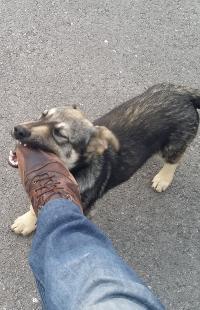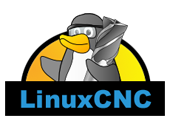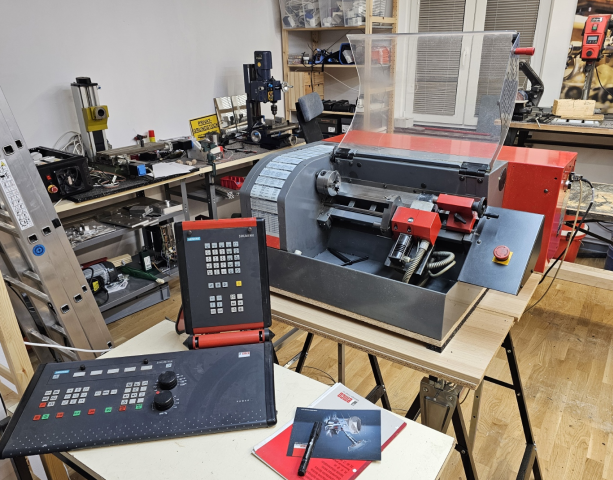Search Results (Searched for: 7c81)
- unknown
- unknown
20 Dec 2025 11:01 - 20 Dec 2025 11:08
- jaro_p

18 Dec 2025 09:15
Replied by jaro_p on topic Changes in configuration files generated in pncconfig for 7i76 to 7i78
Changes in configuration files generated in pncconfig for 7i76 to 7i78
Category: PnCConf Wizard
- PCW

16 Dec 2025 00:32
- jaro_p

15 Dec 2025 19:53 - 15 Dec 2025 19:59
Replied by jaro_p on topic Changes in configuration files generated in pncconfig for 7i76 to 7i78
Changes in configuration files generated in pncconfig for 7i76 to 7i78
Category: PnCConf Wizard
- PCW

15 Dec 2025 16:54
- jaro_p

15 Dec 2025 14:44
Replied by jaro_p on topic Changes in configuration files generated in pncconfig for 7i76 to 7i78
Changes in configuration files generated in pncconfig for 7i76 to 7i78
Category: PnCConf Wizard
- jaro_p

15 Dec 2025 08:50
Replied by jaro_p on topic Changes in configuration files generated in pncconfig for 7i76 to 7i78
Changes in configuration files generated in pncconfig for 7i76 to 7i78
Category: PnCConf Wizard
- PCW

05 Dec 2025 16:39
- jaro_p

05 Dec 2025 08:53
Replied by jaro_p on topic Changes in configuration files generated in pncconfig for 7i76 to 7i78
Changes in configuration files generated in pncconfig for 7i76 to 7i78
Category: PnCConf Wizard
- PCW

04 Dec 2025 15:24
- Nathan40
- Nathan40
04 Dec 2025 13:07
Qtplasmac- Auto Z axis movement not happening with thc proma 150 was created by Nathan40
Qtplasmac- Auto Z axis movement not happening with thc proma 150
Category: Plasmac
- jaro_p

04 Dec 2025 08:14
- gene_weber

02 Dec 2025 15:26
Replied by gene_weber on topic MESA 7C81, DIN Tray & Ribbon Cable
MESA 7C81, DIN Tray & Ribbon Cable
Category: User Exchange
- unknown
- unknown
01 Dec 2025 19:41
- tommylight

01 Dec 2025 18:03
Replied by tommylight on topic User name rpi-first-boot-wizard
User name rpi-first-boot-wizard
Category: Installing LinuxCNC
Time to create page: 3.840 seconds

